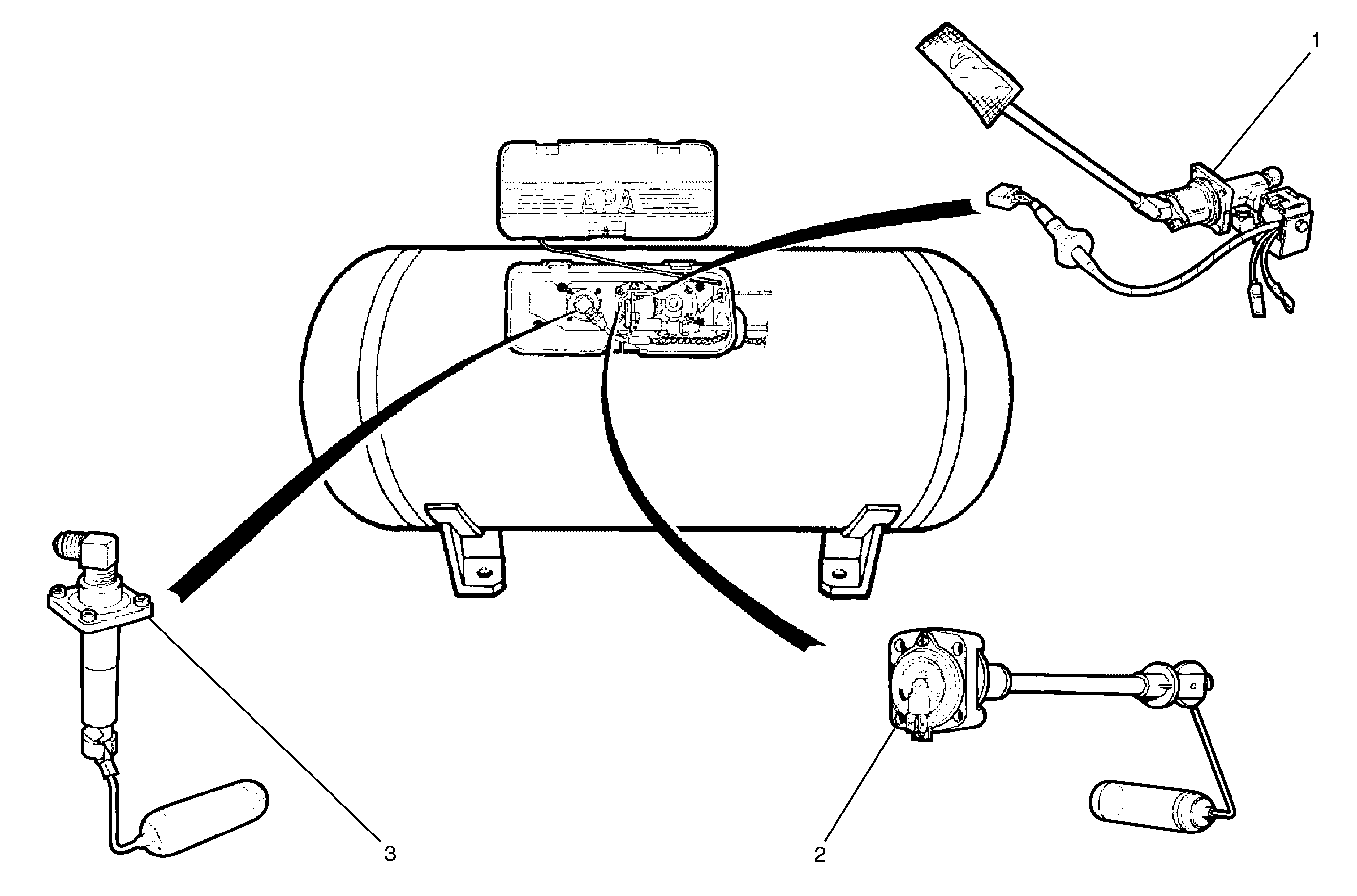The LPG system works with the petrol system to make a dual fuel vehicle. The
LPG system comprises of an LPG tank located in the boot, an LPG filler located in
the petrol filler compartment, two LPG lock-off's one is located on the LPG tank and
the other underneath the driver, an LPG convertor located behind the left front wheelhouse
liner, an LPG control module located behind the right front wheelhouse liner, six
LPG injectors located on top of the engine, an LPG switch/gauge located in the floor
console in the cigarette lighter compartment, LPG diagnostic connector and fuses located
on the left of the radiator.
The fuel selector switch has two positions and a fuel indicator lamp, which
changes colour to indicate which fuel mode the vehicle is currently on. Red indicates
petrol, amber indicates currently transferring to selected fuel and green is LPG operation.
When LPG is selected the engine will start and run on petrol until the required conditions
are reached, at which time the system will automatically transfer to LPG operation.
When operating on LPG, during certain higher RPM and load conditions, the system will
electronically switch to petrol.

